After a long period of communication disruptions with Voyager 1, NASA has for the first time received a meaningful signal from the spacecraft as it flies through interstellar space.
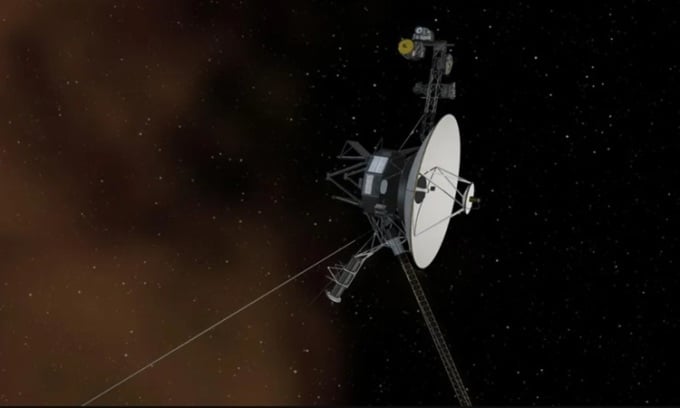
A simulation of the Voyager spacecraft flying in space. Photo: NASA
After four months of tension, NASA finally received a readable signal from the Voyager spacecraft, Live Science reported on March 15. Since November 2023, the nearly 50-year-old spacecraft had been experiencing problems with its onboard computer. Although Voyager 1, one of NASA's longest space missions, regularly sent radio signals back to Earth, those signals contained no useful data, leaving scientists baffled.
Now, in response to a command prompt sent from Earth on March 1st, NASA has received new signals from Voyager 1 that engineers can decipher. Scientists on the mission hope this information can help them explain the spacecraft's recent communication problems.
"The source of the problem appears to lie in one of the three computers on board, the flight data subsystem (FDS) responsible for packaging scientific and technical data before sending it back to Earth via telemetry," NASA said.
On March 1st, in an effort to find a solution to Voyager 1's computer problems, NASA issued a command to the spacecraft's FDS (Front-Device Data System), instructing the device to use various sequences within the software package to efficiently scan potentially corrupted data. Voyager 1 is more than 24 billion kilometers from Earth. This means any radio signal sent from Earth takes 22.5 hours to reach the spacecraft, and any response requires a similar amount of time for antennas on Earth to receive it.
On March 3, NASA detected activity from a part of the FDS that differed from the unreadable data stream they had previously obtained. Four days later, engineers began the task of decoding this signal. On March 10, the team discovered the signal contained information about the entire memory of the FDS, including instructions on what the FDS needed to do, encryption values that could change at the command of NASA or the status of the spacecraft, and downloadable scientific and engineering data.
Voyager 1 has flown farther from Earth than any other man-made object. Launched in 1977, just weeks after Voyager 2, its twin spacecraft, the mission's initial goal was to explore Jupiter and Saturn. However, after nearly five decades and countless discoveries, the mission continued to fly beyond the boundaries of the solar system.
Currently, NASA scientists will compare the new information with data from before the problem arose, looking for discrepancies in encoding and changes that could reveal the source of the issue. However, NASA emphasizes that they need time to determine whether the information obtained from the new signal can be used to resolve the Voyager 1 spacecraft's prolonged communication problems.
An Khang (According to Live Science )
Source link








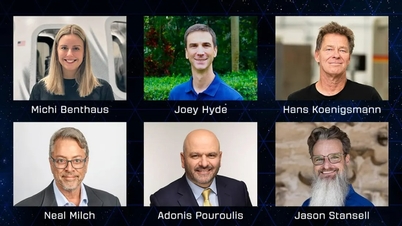



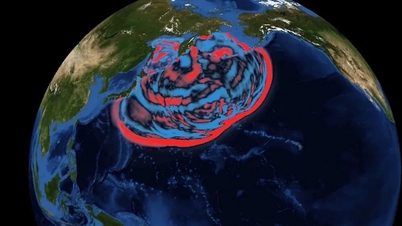

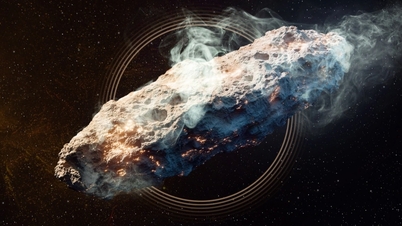
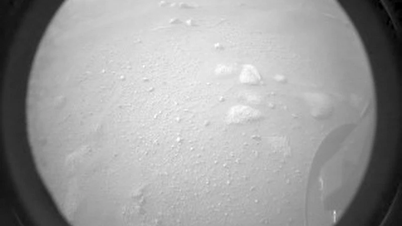

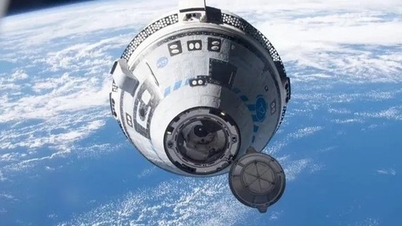
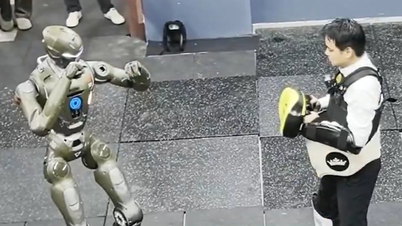










































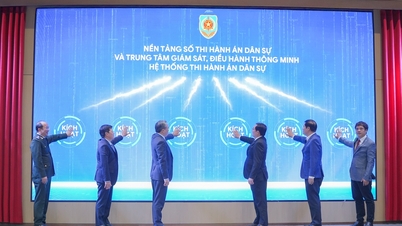







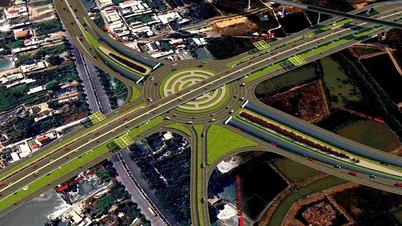













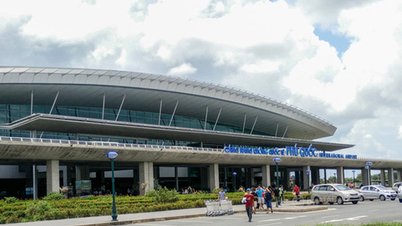

























Comment (0)